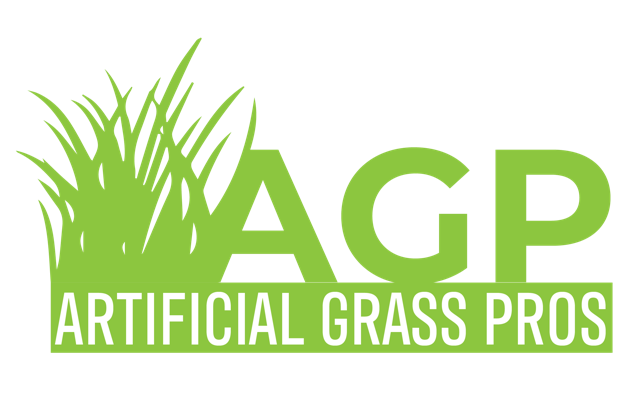When installing artificial turf on a playground, there are a few things to consider. First, you need to remove the existing natural grass and top layer of soil. Then, compact the ground by walking over the area and applying pressure. For uneven areas, it is a good idea to add 3/8″ gravel. A layer of sand should be at least 10 to 15 mm thick.
Most artificial turf comes with anti-microbial agents, which help fight bacteria and viruses. However, it’s important to note that bacteria in playgrounds is minimal compared to other areas. However, proper hygienic practices should still be followed to minimize exposure to these harmful microorganisms.
The Environmental Protection Agency and the Consumer Product Safety Commission have conducted tests on artificial turf over the past five years. However, they characterized the results as limited and suggest more testing is needed. In addition, they have not ruled out the use of crumb rubber playground surfaces. But for now, this controversial material should not be used in playgrounds. Check This Article Out.
Another major benefit of artificial turf is that it is free of weeds and pollen. As a result, children playing on it won’t be exposed to dangerous pollen, which is a common cause of allergies. Furthermore, artificial grass is much more durable than real grass, which can become brittle over time. The best quality artificial grass is resistant to sunlight and can withstand a lot of abuse from kids.
Another important feature of an artificial turf playground surface is its shock absorption. An excellent playground surface should meet ASTM standards for shock absorption. In addition, good playground turf should feature 100% polyethylene infill and multi-layer padding. These factors are critical to the safety of the users. These characteristics ensure that the artificial turf will not crack or split under the weight of children. This will prevent the risk of slipping or tripping on the surface. More.
Another advantage of artificial turf is its low maintenance costs. It can be installed indoors and outdoors and can be backed with a five-year limited manufacturer warranty. It is also suitable for ADA accessible spaces and can be recycled. You can also get LEED (r) credit for your artificial turf playground if it is made of recycled materials. However, you should check the warranty carefully and if it is right for your needs.
The use of synthetic turf on playgrounds has increased dramatically over the years. The first artificial turf was developed in 1964 and installed in the Astrodome. Today, it is used on 11,000 sports fields in the U.S. and has grown to be a highly durable surface that is more durable than natural grass. It can also withstand heavy use throughout the year. It has become a popular choice among playgrounds because of its cost effectiveness and resistance to wear and tear. Furthermore, it is environmentally friendly, as it requires less maintenance than natural grass and is cheaper to install.
Another advantage of artificial turf is its ability to absorb shock. It meets ASTM standards, which means it is great for protecting kids from falls. Another benefit of synthetic turf is that it keeps dirt and other contaminants out of the playground. Additionally, it is resistant to pests and insects, which are common in natural grass.
Lastly, artificial turf is easy to clean. Because it covers the entire ground, there is no dirt that can end up on a child’s clothing. A hose can easily clean synthetic turf, unlike wood chips and rubber mulch which can leave a trail of mud behind. Moreover, kids won’t have to worry about twigs or leaves sticking to their clothing when playing on artificial turf.
Despite the numerous advantages of artificial turf, its main disadvantage is that it is not always safe for children. Despite this, it is a good choice for playgrounds, because it is not only low-maintenance, but also non-toxic, which can be a bonus for parents. And it’s environmentally friendly as well, as it requires less water than natural grass.
Another advantage of artificial turf is its ability to drain liquids quickly, making it safe for playtime. This is especially useful in places where kids play outdoors during rainy seasons. Moreover, it doesn’t get muddy easily, which is another big benefit.

Recent Comments